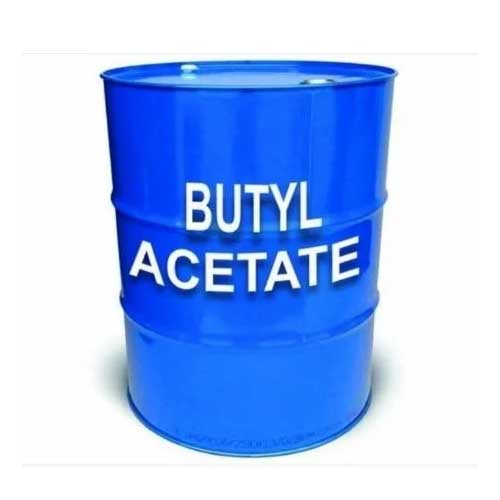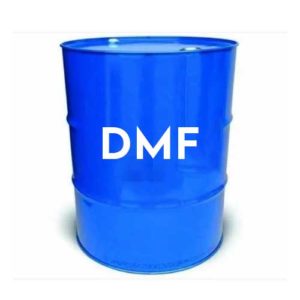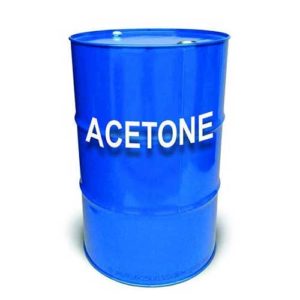BUTYL ACETATE (C6H12O2)
ABOUT:
Butyl acetate is usually produced through the esterification reaction between butanol and acetic acid in the presence of an acid catalyst. The reaction typically occurs at a temperature of around 60-70°C and the catalyst used is sulfuric acid. The mixture is then distilled to separate the butyl acetate from the remaining reactants and by-products.Butyl acetate is used as a solvent for various automotive coatings, adhesives, and resins.
PHYSICAL PROPERTIES:
Appearance: Colorless liquid
Odor: Fruity, sweet odor
Molecular weight: 116.16 g/mol
Density: 0.88 g/cm3 (20°C)
Boiling point: 126-127°C
Melting point: -85°C
Flash point: 22°C (closed cup)
Refractive index: 1.3985 (20°C)
Viscosity: 0.5-0.8 Pa·s (20°C)
CHEMICAL PROPERTIES:
- It is flammable and can ignite easily.
- It can react with strong acids and strong oxidizing agents.
- It is volatile and can easily evaporate into the air.
- Is soluble in water and other organic solvents.
- Is a relatively stable compound, but it can decompose under conditions of high temperature or exposure to light.
APPLICATIONS:
- It is used in the production of adhesives, inks, and surface coatings for automotive parts and components.
- It is also used in the cleaning of engine parts and as a starting fluid for diesel engines.
- It is a common ingredient in perfumes, colognes, and aftershaves, adding a fruity, sweet aroma to the product.
- It is used as a solvent in the production of certain food packaging materials.
- It is used as a flavor and fragrance ingredient in food and beverage products.
- It is used to dissolve and disperse dyes, pigments, and other chemical treatments applied to the leather to enhance its appearance and durability.
- Butyl acetate is used in the leather finishing process to improve the softness, flexibility, and shine of the leather surface.
- Butyl acetate can also act as a thinner for some enamels, varnishes, and stains, allowing for better application and a smoother finish.
- It is known for its low volatility, low toxicity and fast evaporation rate which makes it a preferred choice for certain types of paint and coating products.
- It is used as a plasticizer in the manufacture of nitrocellulose-based coatings, and as a volatile component in the formulation of lacquers, enamels, and varnishes to improve flow and leveling characteristics.
- It is used as a solvent to manufacture many Active Pharma Ingredients, including PEN-G.
SAFETY MEASURES:
- Use proper personal protective equipment (PPE), such as gloves, safety glasses, and a respiratory mask.
- Store butyl acetate in a well-ventilated area, away from heat sources and ignition sources.
- Keep butyl acetate containers closed when not in use to prevent evaporation and reduce the risk of fire.
- Avoid using electrical equipment in areas where there is a potential for butyl acetate vapors to ignite.
- Do not eat, drink, or smoke in areas where butyl acetate is being used.
- If you experience any symptoms of exposure, such as eye irritation, headache, dizziness, or respiratory problems, immediately remove yourself from the area and seek medical attention if necessary.
- In the event of a fire involving butyl acetate, use a dry chemical fire extinguisher or foam to extinguish the flames.






Reviews
There are no reviews yet.